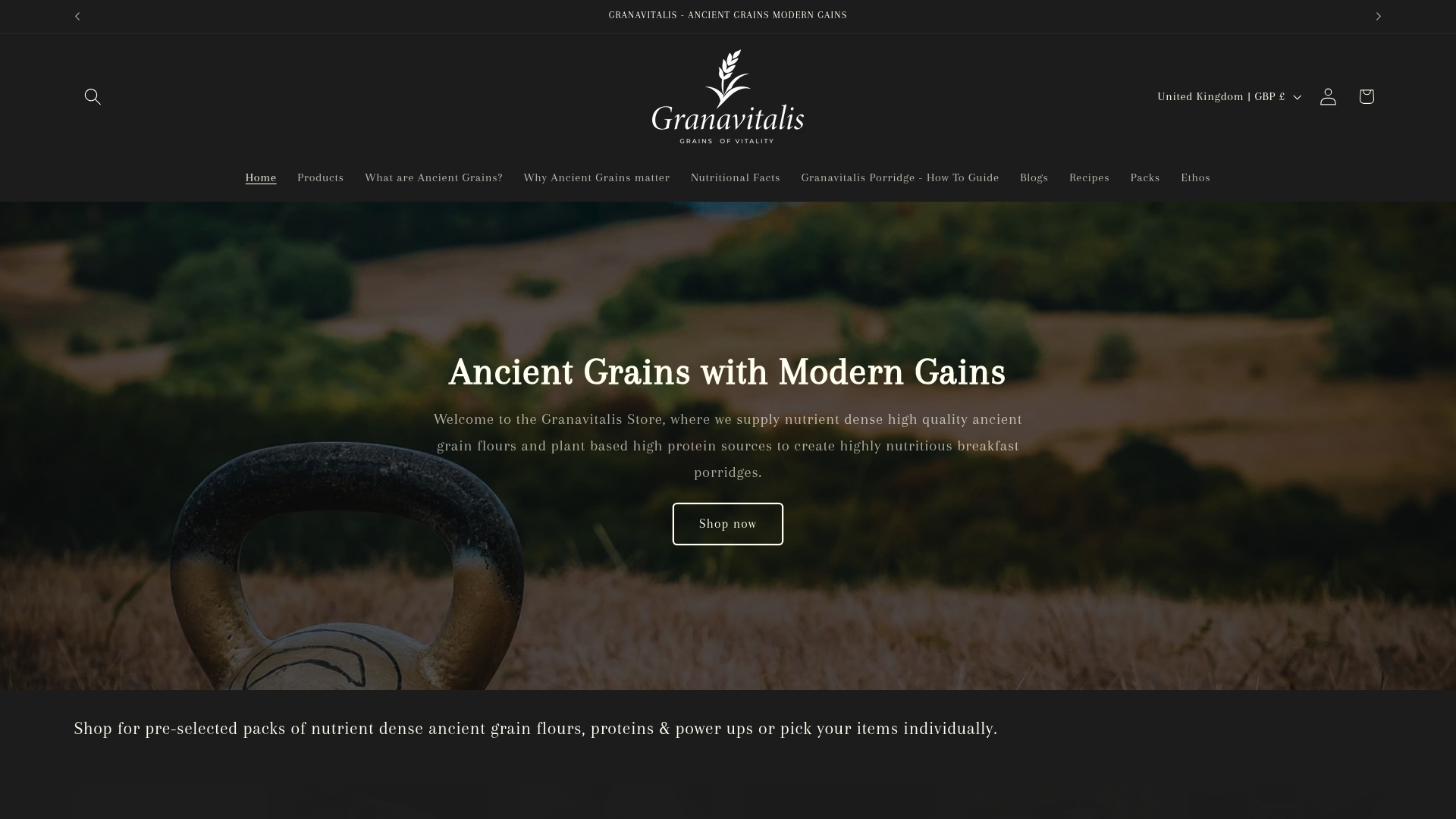
Complete Guide to Choosing Gluten Free Grains
Share
Over 70 percent of products labeled gluten free are misunderstood by consumers searching for healthier choices. Many people think gluten free grains are simply about swapping out wheat, but the reality is far more complex. With so many misconceptions clouding the conversation, knowing which grains are truly gluten free can make a real difference in your diet. This guide will help you cut through confusion and make smarter decisions for your health.
Table of Contents
- Defining Gluten Free Grains And Common Misconceptions
- Types Of Gluten Free Grains And Their Nutritional Profiles
- Health Benefits For General Wellness And Specific Conditions
- Gluten Free Grains Versus Traditional Grains: Key Comparisons
- Practical Uses In Modern, Health-Focused Diets
Key Takeaways
| Point | Details |
|---|---|
| Understanding Gluten-Free Grains | Not all grains contain gluten; many ancient grains offer nutritious alternatives for dietary sensitivities. |
| Nutritional Diversity | Selecting a variety of gluten-free grains promotes a balanced nutrient profile, supporting overall health. |
| Health Benefits | Gluten-free grains can assist in metabolic regulation and digestive health, offering anti-inflammatory properties. |
| Modern Integration | Incorporating gluten-free grains into meals can enhance dietary options, making nutrition purposeful and transformative. |
Defining Gluten Free Grains and Common Misconceptions
Understanding gluten free grains requires more than simply avoiding wheat. According to research from Cambridge University, gluten is a complex protein found in specific grains that can trigger adverse reactions in some individuals. Not all grains contain gluten, and many ancient grains provide nutritious alternatives for those seeking to manage their dietary sensitivities.
Common misconceptions about gluten free grains often stem from misunderstandings about their nutritional profile and health implications. As highlighted by MDPI Research, there is a significant disparity between perceived and actual gluten sensitivity. Many people unnecessarily eliminate gluten from their diet without understanding the nuanced nature of grain proteins.
Key characteristics of genuine gluten free grains include:
- Complete absence of wheat, barley, and rye proteins
- Natural protein and nutrient composition
- Safe for individuals with coeliac disease or gluten intolerance
- Typically derived from non-traditional grain sources
By understanding the intricate details of grain composition, individuals can make informed dietary choices that support their nutritional needs while managing potential sensitivities. Understanding Gluten-Free Ancient Grains Guide offers deeper insights into navigating this complex nutritional landscape with confidence.
Types of Gluten Free Grains and Their Nutritional Profiles
Navigating the world of gluten free grains offers a rich landscape of nutritional alternatives for individuals seeking diverse dietary options. Frontiersin Research highlights the remarkable potential of grains like sorghum, which provides an excellent gluten-free option with high protein content and low glycemic index. These grains not only cater to those with gluten sensitivities but also deliver substantial nutritional benefits.
The most prominent gluten free grains include:
- Quinoa: A complete protein source with all essential amino acids
- Sorghum: High in protein and antioxidants
- Millet: Rich in magnesium and heart-healthy nutrients
- Buckwheat: Despite its name, completely gluten-free and packed with minerals
- Rice: A staple gluten-free grain available in multiple varieties
- Amaranth: Dense in protein and micronutrients
Nutritional diversity is key when selecting gluten-free grains. While each grain offers unique benefits, they share common characteristics of being naturally gluten-free and nutrient-dense. Individuals can explore these alternatives to create balanced, satisfying meals that support overall health and dietary requirements. For more comprehensive insights, explore our 7 Essential Examples of Ancient Grains for Balanced Nutrition guide, which delves deeper into the nutritional landscape of alternative grains.
Understanding the protein, mineral, and vitamin content of these grains enables more informed dietary choices. By incorporating a variety of gluten-free grains, individuals can ensure a well-rounded nutritional profile that supports energy, digestive health, and overall wellness.

Health Benefits for General Wellness and Specific Conditions
Gluten-free grains offer far more than dietary alternatives for those with sensitivities. Frontiersin Research reveals compelling evidence about sorghum’s remarkable health potential, particularly its antioxidant properties and potential role in managing metabolic conditions like diabetes and obesity. These grains represent a powerful nutritional strategy for individuals seeking comprehensive wellness support.
Key health benefits of gluten-free grains include:
- Metabolic Regulation: Supporting insulin sensitivity and blood sugar management
- Digestive Health: Providing essential fibre and promoting gut microbiome balance
- Anti-Inflammatory Properties: Reducing systemic inflammation through natural compounds
- Weight Management: Offering nutrient-dense alternatives with lower glycemic impact
- Cardiovascular Support: Delivering heart-healthy minerals and compounds
MDPI Nutrition Research emphasises the critical importance of maintaining a balanced gluten-free diet to prevent potential nutritional deficiencies. This approach requires thoughtful grain selection and understanding individual nutritional needs. Individuals with specific health conditions, such as coeliac disease or metabolic disorders, can particularly benefit from strategic grain choices that support overall wellness.
By integrating diverse gluten-free grains into daily nutrition, people can create a robust dietary foundation that addresses multiple health dimensions. For those interested in exploring ancient grain nutrition further, our 7 Key Ancient Grain Flours for Nutritious Modern Meals guide offers additional insights into maximising nutritional potential.
Gluten Free Grains Versus Traditional Grains: Key Comparisons
Traditional grains and gluten-free alternatives represent fundamentally different nutritional landscapes. Frontiersin Research reveals critical distinctions in protein content and glycemic response between conventional and gluten-free grain options. While traditional wheat-based products have long dominated dietary patterns, emerging research demonstrates the remarkable potential of alternative grain sources.
Key comparative aspects between gluten-free and traditional grains include:
- Protein Profile: Gluten-free grains often provide more diverse amino acid compositions
- Glycemic Index: Lower glycemic impact in many gluten-free grain alternatives
- Digestibility: Reduced inflammatory responses for sensitive individuals
- Micronutrient Density: Enhanced mineral and vitamin content in select gluten-free grains
- Processing Complexity: Less industrial manipulation compared to modern wheat varieties
Modern wheat production has significantly altered grain nutritional profiles, introducing genetic modifications and processing techniques that differ dramatically from ancient grain cultivation. Ancient Grains vs Modern Wheat: Complete Guide explores how contemporary agricultural practices have transformed grain nutritional landscapes. These changes have potentially compromised the inherent health benefits that traditional grain consumption once provided.

By understanding these nuanced differences, individuals can make more informed dietary choices that prioritize nutritional quality over conventional grain consumption.
The shift towards gluten-free and ancient grain alternatives represents a thoughtful approach to nutrition that respects both individual health requirements and traditional food wisdom.
Practical Uses in Modern, Health-Focused Diets
Gluten-free grains are revolutionising contemporary nutrition strategies, offering versatile solutions for health-conscious individuals. Frontiersin Research demonstrates innovative approaches like developing high-protein, low glycemic index sorghum-soy chips, showcasing how these grains can be seamlessly integrated into modern dietary patterns.
Practical incorporation strategies for gluten-free grains include:
- Breakfast Alternatives: Creating nutrient-dense porridges and overnight soaks
- Baking Substitutions: Using flour blends for breads, muffins, and pastries
- Protein-Packed Snacks: Developing energy bars and protein chips
- Meal Prep Solutions: Preparing grain bowls and salad foundations
- Smoothie Enhancers: Adding ground grains for increased nutritional profile
MDPI Nutrition Research emphasises the critical importance of strategic grain selection to prevent potential nutritional deficiencies. This approach is particularly crucial for individuals managing metabolic conditions or seeking targeted dietary interventions. For those wanting to explore deeper nutritional insights, our Understanding Why Choose Ancient Grains for Health guide offers comprehensive strategies for integrating these powerful foods into daily nutrition.
The modern health-focused diet is no longer about restriction, but about intelligent, purposeful nutrition. By understanding how to effectively incorporate gluten-free grains, individuals can create meals that are not just safe, but genuinely transformative for overall wellness.
Unlock the Full Potential of Gluten Free Grains for Your Health
Navigating the complexities of gluten free grains can be overwhelming when trying to balance nutrition, taste and dietary needs. This guide reveals key challenges such as identifying truly gluten free grains that offer diverse protein profiles and vital micronutrients while supporting digestive health and metabolic balance. Understanding these nuances empowers you to make food choices that energise your mornings and nurture long term wellbeing.
Discover a curated selection of premium ancient grains and nutrient-rich gluten free flours tailored to your health goals in our Grains – Granavitalis and Gluten Free Flours – Granavitalis collections.

Take control of your nutrition today by exploring these thoughtfully sourced options. Visit Granavitalis now and transform everyday meals into foundations for a stronger, more resilient you. Embrace nourishing traditions designed for modern life and never settle for compromise again.
Frequently Asked Questions
What are gluten-free grains?
Gluten-free grains are grains that do not contain gluten, a protein found in wheat, barley, and rye. Examples of gluten-free grains include quinoa, sorghum, millet, buckwheat, rice, and amaranth. These grains provide nutritious alternatives for individuals with gluten sensitivities or celiac disease.
How do gluten-free grains differ from traditional grains?
Gluten-free grains often have different protein profiles, glycemic indices, and micronutrient densities compared to traditional grains. Many gluten-free grains can be lower in glycemic impact and provide a more diverse amino acid composition.
What are the health benefits of incorporating gluten-free grains into my diet?
Gluten-free grains offer several health benefits, including improved metabolic regulation, digestive health, anti-inflammatory properties, weight management, and cardiovascular support. They are a valuable addition to a balanced diet for overall wellness.
How can I use gluten-free grains in my everyday meals?
You can use gluten-free grains in various ways, such as in breakfast porridges, baking flour substitutes for breads and pastries, protein-packed snacks, meal prep solutions like grain bowls, and as smoothie enhancers for additional nutrition.
Recommended
- What Is Gluten in Ancient Grains? Complete Guide – Granavitalis
- What is Gluten-Free Grain? Understanding Its Importance – Granavitalis
- Complete Guide to Gluten-Free Porridge – Granavitalis
- What Is Ancient Grain? Complete Guide for the UK – Granavitalis
- How to Choose Vegan Snacks: A Step-by-Step Guide – PopCornaa
- 10 Creative Vegan Gluten Free Snack Ideas for Everyone – PopCornaa
